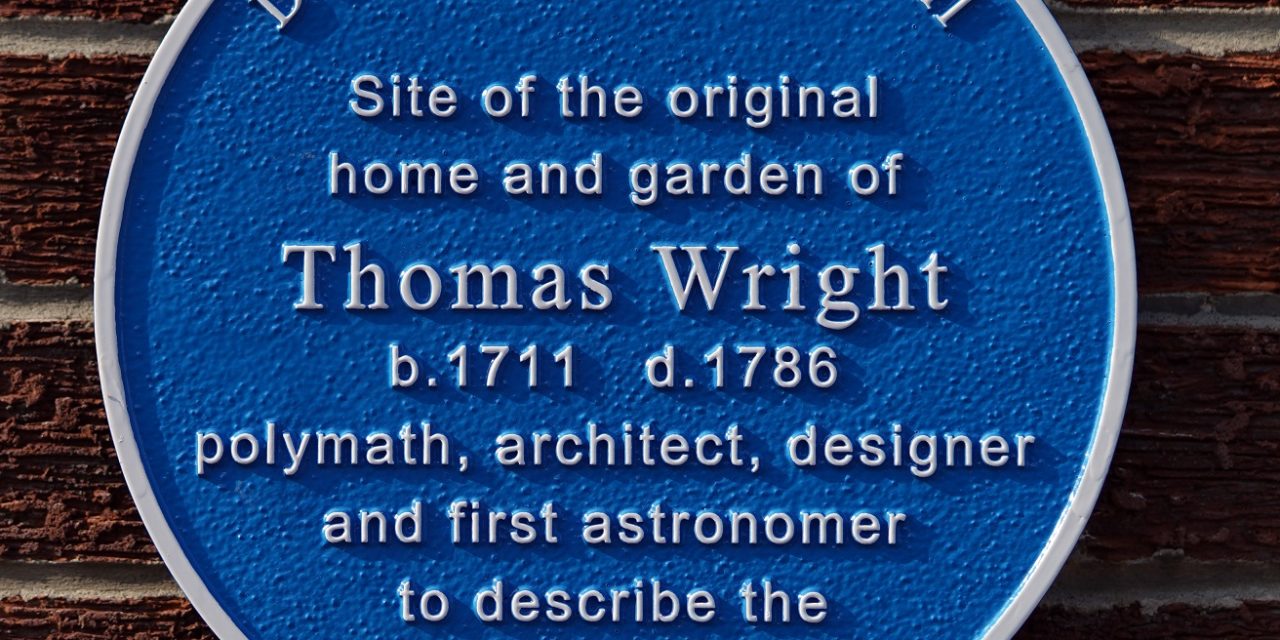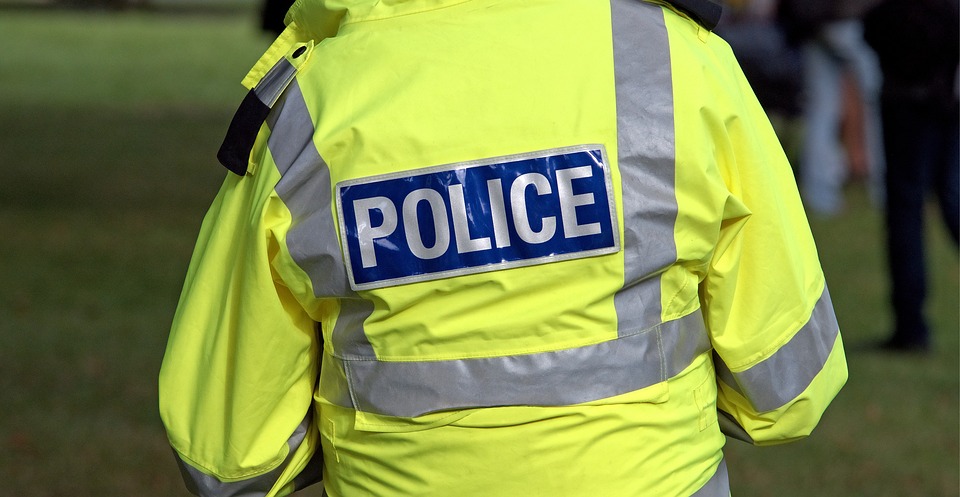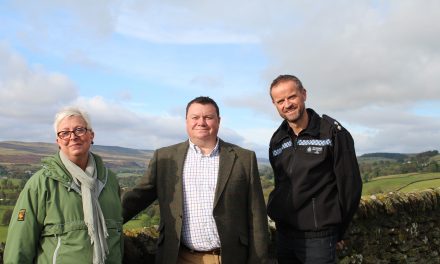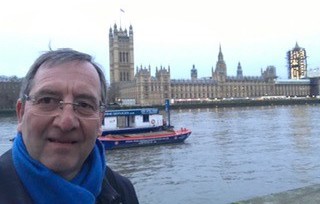The bravery, ingenuity and determination of County Durham individuals is being commemorated in a series of new blue plaques.
From a renowned astronomer, to the women who risked their lives working in a munition factory – the plaques celebrate those whose achievements and sacrifices are a source of inspiration and pride in County Durham and beyond.
Among those to be honoured are the ‘Fighting Bradfords’ – four remarkable brothers from West Auckland who served their country with valour in conflicts including the First World War; Thomas Wright, a renowned astronomer, mathematician, instrument maker, garden designer and architect, from Byers Green; and Kate Maxey, from Spennymoor, one of the most highly decorated nurses to serve on the Western Front.
Durham County Council installed the plaques, following applications from residents, local history societies and community groups, including County Durham’s Women’s Banner Group (WBG).
Cllr Elizabeth Scott, the council’s Cabinet member for economy and partnerships, said: “We are delighted to unveil these blue plaques in honour of some truly amazing groups and individuals whose actions have made a difference not only in their own communities but, in some cases, across the world.
“In County Durham, we have a rich heritage, with historic buildings, ancient sites, world-class museums and beautiful landscapes. However, it is our residents and communities that have played the greatest part in shaping the County Durham we know today, and it is their stories and experiences that inspire us.
“We want to channel their resilience, resolution, and innovative spirit in everything we do, especially in County Durham’s bid to be UK City of Culture 2025. Our communities are at the heart of the bid and we want to maximise the benefits and opportunities this title would bring.”
Lynn Gibson, of the WBG, said “In early 2018, I discovered that there were no blue plaques in the whole of County Durham dedicated to women; they were all dedicated to men or buildings, and we had to do something to change that. I am delighted this has been put right and these inspirational women are getting the recognition they deserve.”
The honours include:
- A blue plaque honouring Thomas Wright was unveiled at the site of his former home in Vine Street, Byers Green, earlier this month. Born in the village in 1711, Thomas was a renowned astronomer, mathematician, instrument maker, garden designer, architect, philosopher, teacher, author, and publisher. As an astronomer, he is famed for being the first to describe the shape of the Milky Way. Thomas was nominated by Spennymoor Town Council.
- A blue plaque was unveiled at Spennymoor Settlement’s Everyman Theatre in O’Hanlon Street in Spennymoor earlier this month. The plaque honours Spennymoor Settlement’s contribution to the community since its foundation in 1931. The closure of the Tudhoe Iron Works 30 years earlier resulted in Spennymoor becoming one of the most disadvantaged towns in South West Durham, with much unemployment and poverty. Spennymoor Settlement was born with the purpose of enhancing the lives of people through education and the arts. It was nominated by current trustees of Spennymoor Settlement.
- A blue plaque and interpretation panel will be unveiled on Friday 1 October at Carwood House in Witton Park, the birthplace and childhood home of The Fighting Bradfords. Brothers Thomas, George, James and Roland Bradford were among the most decorated soldiers in the First World War. Between them they won two Victoria Crosses, two Military Crosses and a Distinguished Service Order. Tragically, only Thomas survived the conflict. The Fighting Bradfords were nominated by Witton Park historian Dale Daniel.
- A blue plaque honouring Janet Taylor will be unveiled on Saturday 2 October at the Masonic Hall in Wolsingham. Born in 1804, Janet was born in Wolsingham and unusually for a girl at that time, was educated in languages, mathematics, science, astronomy and navigation by her schoolmaster father. Janet went on to set up a nautical academy and specialised in the design, production and repair of navigational instruments. She patented a mariner’s calculator, wrote several books and was regarded as an authority on the subject. Janet also brought up eight children and three step-children. Janet was nominated by Wolsingham Women’s Institute.
- A blue plaque honouring the Aycliffe Angels will be unveiled on Saturday 23 October at ROF 59, the site of a former Second World War munition factory in Newton Aycliffe. The Aycliffe Angels worked in the factory, filling shells and bullets and assembling detonators and fuses as part of the war effort. The work was very dangerous, and many workers were killed or injured during the manufacturing process. But, due to the secrecy surrounding the factory, many of these incidents were not recorded and women’s efforts also went unrecognised. The Aycliffe Angels were nominated by the WBG.
- A blue plaque honouring Kate Maxey will be unveiled on Saturday 23 October at her former home and birthplace in Clyde Terrace, Spennymoor. Born in 1876, Kate Maxey became one of the most highly decorated nurses of the First World War. From October 1914 to March 1918, she was based in Rouen in France, where she gave unstinting and distinguished service at several hospitals on the Western Front. In March 1918, Kate was severely wounded during a bombing raid She was awarded the Royal Red Cross 1st Class for distinguished service in the field, and gallantry during the bombing raid; the Military Medal for bravery under fire; and the Florence Nightingale Medal. She is also listed as one of those who “served with distinction” in Spennymoor Urban District Council’s Book of Remembrance in 1922. Kate was nominated by the WBG.
- A blue plaque honouring Baron Jack and Lady Bella Lawson will be unveiled on Saturday 23 October at their former home in Woodside, Beamish, where they lived from 1925 to 1968. Jack was a miner, trade unionist, Lord Lieutenant, county councillor, MP and preacher. He is widely remembered as the “champion of the working man” who fought for better living and working conditions for all. Bella was a suffragist, Labour activist, community volunteer and pioneer of child welfare clinics. She was also a parish councillor, school manager and a member of the WVS National Savings, Save the Children Fund and many more good causes. Baron and Lady Lawson were nominated by the WBG.
Durham County Council, with support from principal partner Durham University, submitted the initial bid for UK City of Culture on behalf of Culture Durham, a partnership of arts and culture organisations from across the county.
Durham’s bid is for both the county and the city. To find out more and to leave messages of support, visit www.durham2025.co.uk and follow @Durham2025 on Facebook, @Durham_2025 on Twitter and @Durham2025_ on Instagram.










